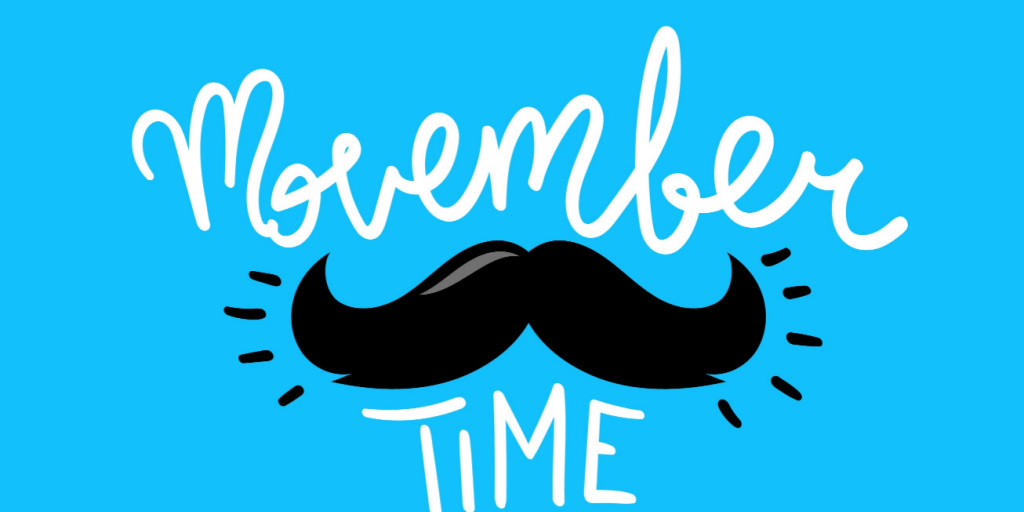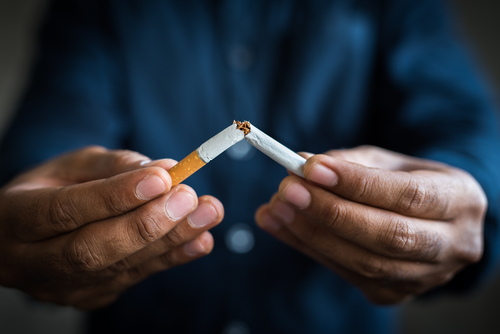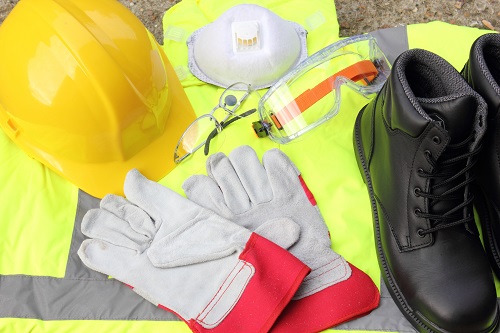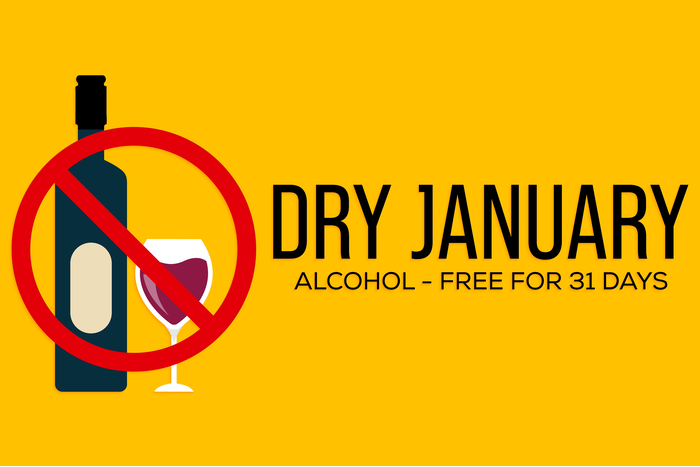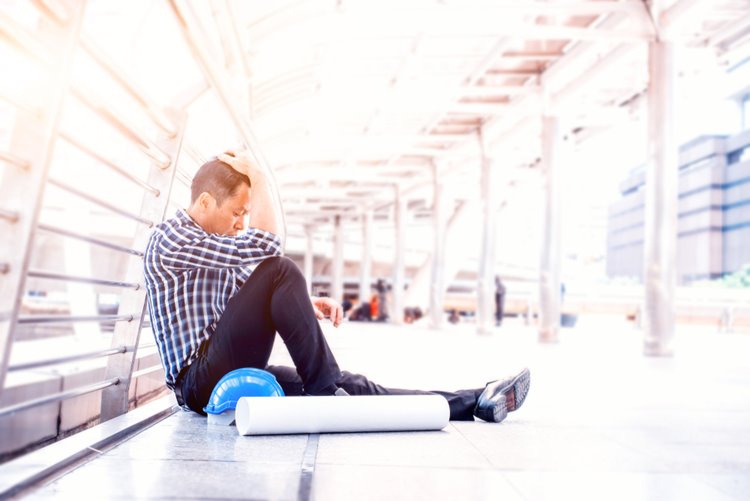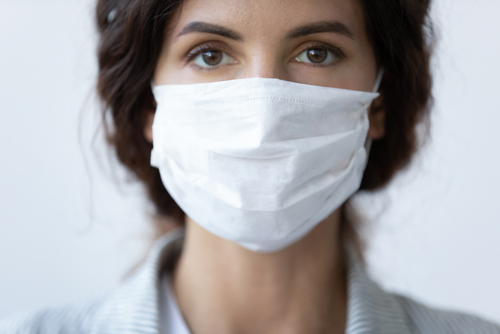Ten ways to keep workers safer this winter

As the seasons change, so do the risks faced by outdoor workers. Here, ECA prequalification assessment partner CHAS provides tips on how to focus on health and safety during the winter months.
Learn about exclusive CHAS discounts for ECA Members, by clicking here.
When winter approaches, outdoor workers in particular have to negotiate new hazards. Poor light, exposure to cold and slippery surfaces can lead to accidents that can cause severe injury, and there may be health and welfare implications.
When workers experience excessive cold, they are more likely to behave unsafely as their ability to make decisions and/or perform manual tasks deteriorates (1).
Shorter daylight hours can also affect the ability to see and be seen. Every year there are over 2,500 RIDDOR incidents involving transport in the workplace and being struck by a vehicle is one of the most common causes of fatal workplace accidents (2).
Vehicles are common causes of accidents, particularly in low light. Twenty people were killed at work after being struck by a moving vehicle in 2019/20, representing 18% of all work-related fatal injuries. Of 65,427 incidents during that period, 2% (1,483) involved RIDDOR-reportable injuries caused by a moving vehicle (3).
Apart from causing dangerous driving conditions, rain, ice and slush can increase the risk of slips and trips, which are the most common cause of major injury in UK workplaces (4).
Please see below eight tips for onsite employers, to help ensure outdoor winter health, safety and welfare:
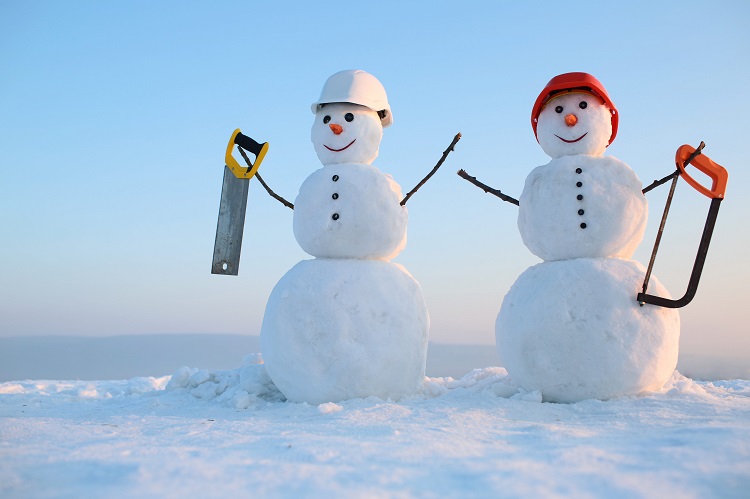
1) Carry out safety briefings (toolbox talks)
These briefings are a useful way to keep prevalent health and safety issues in workers’ minds and this should include changes in weather and temperature, and shorter days and lower light. Keep meetings brief and focused to maximise retention of the messages and discussion: discuss the day's activities, the relevant hazards, and how to work safely. Make sure workers know that if they feel they are working in an unsafe situation they can stop, report and seek advice.
2) Review safety clothing
Thermal comfort is key to worker productivity and maintaining a consistent body temperature is vital. Any manual work can also produce sweat, so it's important that protective clothing includes a breathable base layer to wick away moisture, but an additional insulating mid-layer and a waterproof outer layer will protect against the cold, wind and rain.
Also consider whether your workers’ footwear provides enough grip, warmth, and water resistance. Do workers require further, extra layers, and/or thick socks and gloves? Working in cold temperatures can cause loss of feeling, making it difficult to carry out detailed work with the hands, or to work safely.
3) Equip workers with comfortable and EN ISO 20471compliant high-visibility clothing
Hi-vis clothing helps drivers of approaching vehicles to see the wearer and gives them more time to react accordingly. Genuine hi-vis has fluorescent material providing daytime visibility, and retro-reflective tape that reflects light directly back toward light sources.
Reflective over-vests or jackets are available as well as full-body hi-vis clothing, with thermal insulation for winter temperatures. Wearing more unusual colours – or any colour that passes the EN ISO 20471 test – to replace or contrast against the traditional yellow can also help wearers to stand out and combat possible 'hi-vis fatigue'. You may also want to consider issuing photoluminescent safety helmet/hard hat stickers.
4) Encourage staff to take regular activity breaks
When working in cold temperatures lowers body temperature, this can cause problems with concentration and tiredness, increasing the risk of accidents. It can also be more tiring when working in low light.
Identify cold working areas and enable individuals working here to take regular breaks in warm, sheltered environments and consume hot drinks. Drying rooms should also be provided for wet clothing.
5) Put up clear signage in any areas under your control
Slips and falls can occur more frequently in winter due to wet floors, snow, slush and ice. Safety signs can help by ensuring workers are aware of and alert to the hazards. According to the Health and Safety (Safety Signs and Signals) Regulations, 1996, employers must use safety signs where a significant risk to health and safety continues after all other relevant precautions have been taken.
Keep safety signage clearly displayed, unobstructed and well-maintained. It’s also essential that all staff understand what the signs mean.
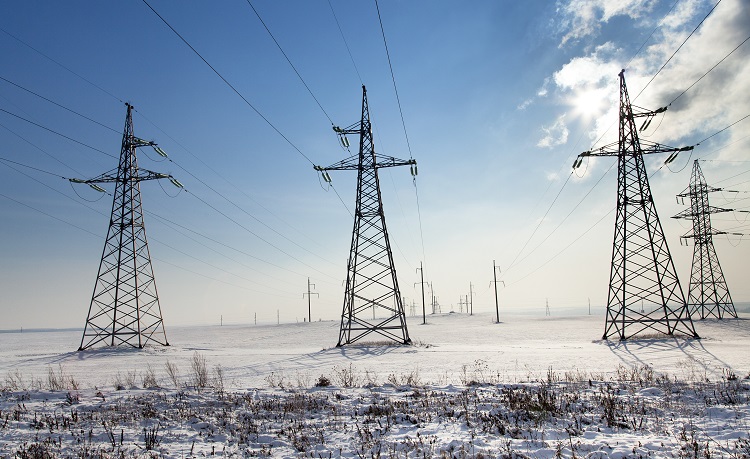
6) Consider warm-up exercises!
Encouraging workers to take part in 10 minutes of stretching at the start of their working day can get the blood circulating and warm up cold muscles. Calisthenics exercise can produce similar results. This is a form of strength training that exercises large muscle groups using minimal equipment. As well as fostering team spirit exercise increases energy levels, can help to increase productivity, and lower the risk of soft tissue injuries.
7) Think about healthy eating
It's easier for healthy eating to go out of the window in winter but a diet high in sugar and stimulants such as caffeine can cause blood-sugar crashes, affecting concentration, alertness and information-processing. There is also a strong connection between nutrition and sleep, with caffeine affecting our sleep drive. The knock-on effect of poor sleep and fatigue can be a threat to workplace health and safety, quality and productivity.
By simply providing educational resources and raising awareness through health-promotion initiatives, you can empower workers to make their own positive decisions. Involving employees in the design and implementation of a health and wellbeing programme from the outset is also more likely to gain buy-in.
8) Think too about mental health
Seasonal affective disorder (SAD) is sometimes known as “winter depression” because the symptoms are usually more apparent and more severe during the winter.
Mental Health First-Aid England courses can teach people to spot the symptoms of mental-health issues, offer initial help and guide sufferers towards further support. Also consider providing access to free online resources about tackling mental ill health in the workplace.
References:
1) www.hse.gov.uk/temperature/thermal/index.htm
2) www.hse.gov.uk/statistics/tables/ridfatal.xlsx
.jpg?width=970&height=90&ext=.jpg)







